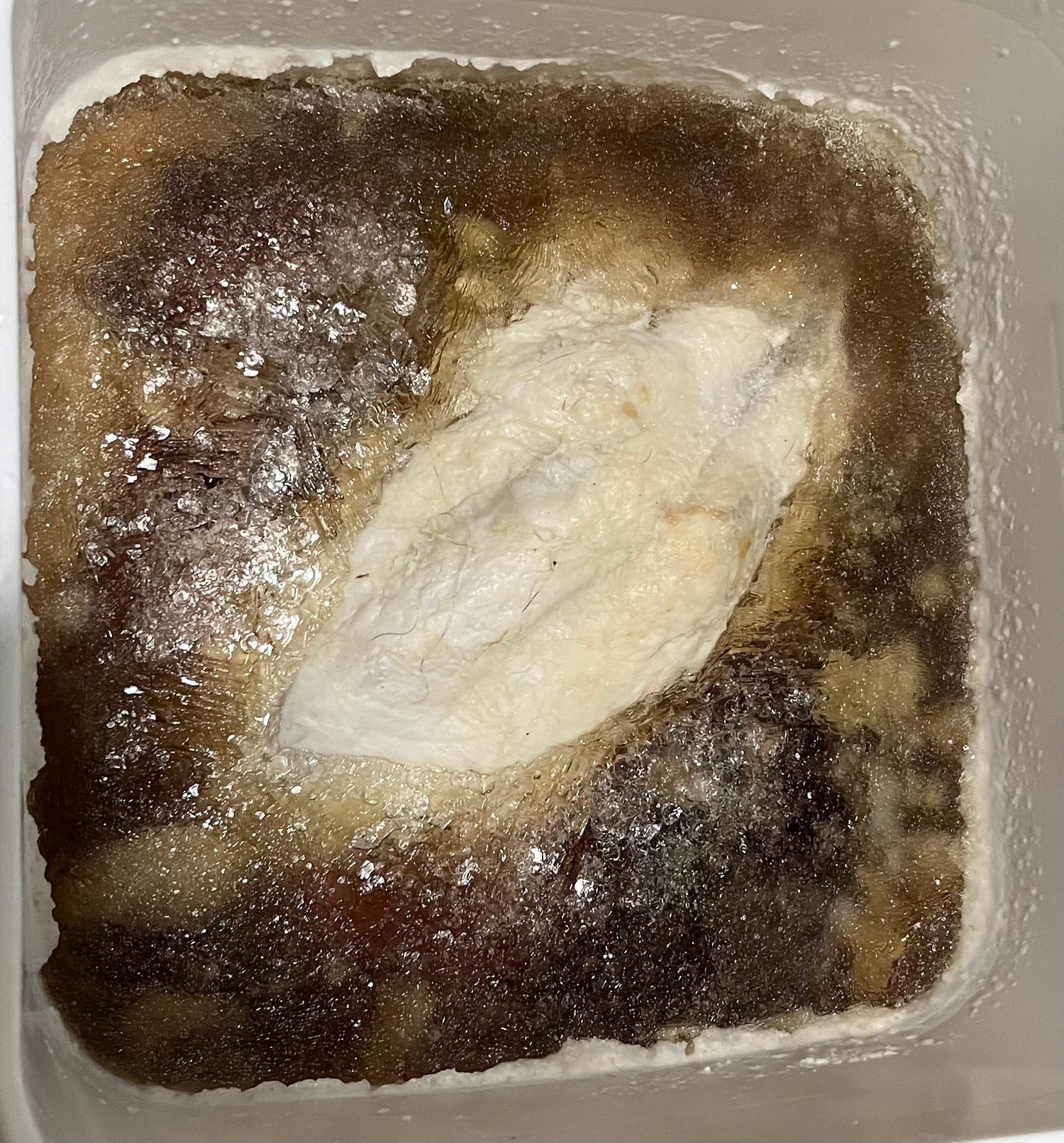
Tissue Removal: Maceration
Water maceration is a process used to thoroughly clean bones by soaking them in water for an extended period to remove any remaining soft tissue. This method is widely used by professionals like forensic scientists, museum curators, and hobbyists who work with bones.
First, you need a container big enough to hold the bones and enough water to cover them completely. It's essential to pick a container with a lid to trap odors and prevent contamination. Also, it's a good idea to wear gloves, a mask, and safety goggles to protect yourself.
Once the bones are in the container, fill it with water. Tap water works fine, but some prefer distilled water to avoid mineral deposits interfering with the process. Avoid chlorinated water as it can slow down tissue breakdown.
Now, bacteria and enzymes in the water start breaking down the soft tissue attached to the bones. This natural decomposition process gradually loosens and dissolves the tissue, leaving the bones clean and sanitized.
You'll need to keep an eye on the maceration process. Check the container regularly to see how the tissue decomposition is going and if the water needs changing. Replace 3/4 of the dirty water with fresh water to keep conditions optimal and prevent bad smells while retaining the bacteria culture to restart the cleaning process after the water changes.
The time it takes for maceration varies depending on factors like temperature, microbial activity, and bone size. It can take anywhere from a few days to several weeks for the tissue to be fully removed.
Once the soft tissue is gone, you will want to move the bones into a degreasing bin to make sure all the grease is fully gone from the bones before the whitening step is taken.
After maceration, degreasing, and whitening (if you choose to do so), the bones need to be dried thoroughly before use or display. Make sure they're in a well-ventilated area with good airflow to prevent mold growth. You can air-dry them or use fans to speed up the process.